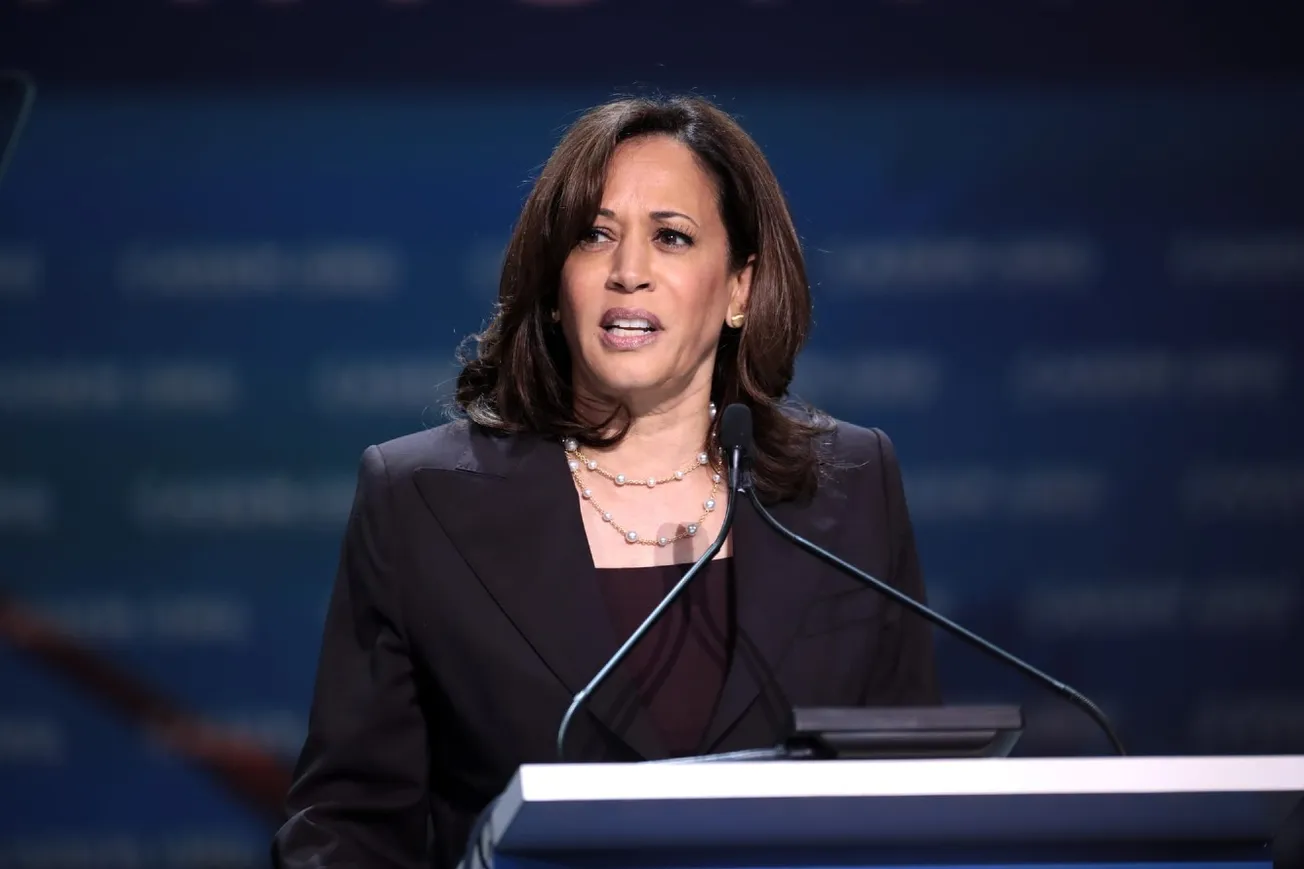By Austin Gae, The Daily Signal | October 19, 2024
“I grew up in the middle class,” Vice President Kamala Harris says repeatedly to show that she understands what policies would best support the average American.
However, Harris’ electric vehicle subsidies don’t help middle- and lower-income households; they go to upper-income households.
It’s one of many hypocritical policies of the Biden-Harris administration.
This year, the government has issued $2 billion in tax credits for over 300,000 electric-battery and plug-in hybrids—mostly to wealthy households that don’t necessarily need them.
Nationally, 14% of households earning over $100,000 own an electric vehicle, compared to 5% of middle-income households and 2% of those earning $40,000 or less, according to a recent Gallup poll.
In California, the state leading in electric vehicles, the Top 20 ZIP codes with the highest percentage of EVs have median household incomes above $100,000, while the lowest-income areas have almost no EV ownership.
Electric vehicles are simply too expensive for lower- and middle-class households. The electric version of the average compact SUV (the most popular class of cars) costs $53,048—49% more than the $35,722 price tag of the model with an internal combustion engine.
The federal government offers up to $7,500 in tax credits for a new electric vehicle, up to $4,000 for used electric vehicles, and up to $40,000 for commercial electric vehicles, all depending on domestic content requirements.
Tax credits are designed so that electric vehicles have more American components. However, contrary to congressional intent, a loophole allows people to lease (not buy) EVs without the domestic content restrictions. This benefits foreign automakers, primarily those making cars with components made in China.
The Biden-Harris administration also requires automakers to produce EVs or face financial penalties. The Environmental Protection Agency finalized strict emission standards that are projected to lead to 68% of new car sales being battery- and plug-in hybrid electric vehicles by 2032.
Similarly, the Department of Transportation’s final rule will bring the average fuel economy standard of a light-duty vehicle to 50.4 miles per gallon by model year 2031, a goal that is impossible to meet without EV sales. Currently, the average car runs on 26.9 miles per gallon.
An additional 13 states and the District of Columbia have signed up for California’s rules forbidding sales of gasoline-powered cars after 2035.
These three sets of regulations will force an oversupply of electric vehicles that will sit unsold on dealership lots. Not only are they too expensive for the average American to purchase, but they also take an hour or more to recharge and lose range in cold or hot climates.
People in cold climates are reluctant to purchase EVs because freezing conditions lower the vehicles’ average ranges by about 30%. EV registrations are low in Alaska (2,697), North Dakota (959), and Wyoming (1,139).
That’s why 26 Republican state attorneys general recently filed a lawsuit to challenge “unworkable” fuel economy standards that “leverage the weight of the federal government to require auto manufacturers to produce more electric vehicles.”
By a vote of 215-191, the House of Representatives last month passed a bill to repeal the EPA’s “out-of-touch regulation,” in the words of Rep. John James, R-Mich., sponsor of the legislation.
Other challenges to EVs make them impractical to many Americans, such as poor charging infrastructure and long-distance challenges. Those were two of the top three reasons why 46% of current EV owners say they would switch back to an internal combustion engine vehicle, according to the consulting firm McKinsey & Co.
In the aftermath of two recent hurricanes, Helene and Milton, electric vehicles exploded into flames and were difficult to extinguish, posing one more problem for EVs in areas vulnerable to natural disasters.
The choice of what car to buy should depend on the drivers, whose preferences are tecbased on affordability, climate, range, and other design features.
It’s clear now that drivers in hurricane-prone zones have one more reason to choose gas-powered vehicles.
Austin Gae is a research associate in the Center for Energy, Climate, and Environment at The Heritage Foundation.
Original article link









